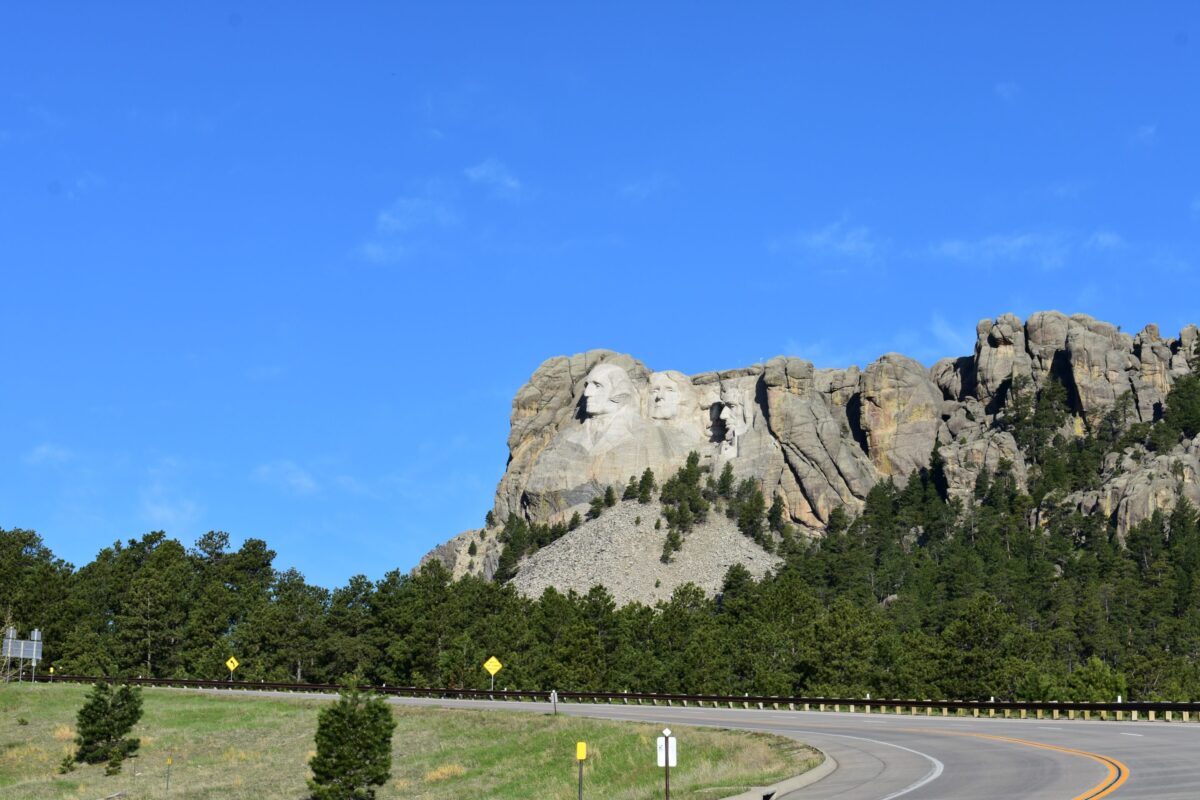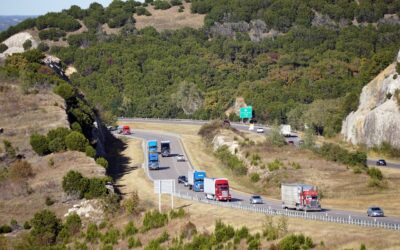South Dakota has many thriving industries, including agriculture, mining, manufacturing, and construction. With heavy industry comes heavy equipment. You’ll see many trucks on South Dakota’s highways transporting large, heavy, and oversized equipment around the state and beyond. Shipping heavy equipment across or through South Dakota requires skill, a commitment to safety, and the right truck and trailer. Here are five essential things you need to know before you start hauling heavy loads.
What Is the Size of Your Load?
Most states have restrictions on the width, height, and length of vehicles, trucks, and their loads on public roadways. These rules are in place for safety reasons to protect the roadway infrastructure, the driver of the vehicle, and the other cars on the road. For this reason, it is necessary to know and follow the rules to avoid a potentially hazardous situation and hefty fines by the state.
Height
The height limitation for hauling heavy equipment in South Dakota is 14 feet. This includes the height of the load and the vehicle combined.
Width
The width limitation for hauling heavy equipment is 102 inches or 8 feet and 6 inches.
Length
The limitations on length for trucks and their hauls vary based on the combination. Here are some of the maximum length limitations that apply to heavy loads:
- Single Truck: 45’ combined length
- Truck Tractor-Semi Trailer: 53’ maximum trailer length
- Straight Truck-Trailer Combo: 80’ maximum combined length
- Combo Truck Tractor-Semitrailer-Semitrailer (or Trailer): 81’6” maximum overall length, 45’ maximum trailer length
- Saddle mount combination: 97’ maximum overall length (four units maximum)
- Light & Medium Duty Trailer Delivery: 82’ maximum overall length & 26,000 lbs maximum
For full details on the maximum length restrictions for various truck and trailer combinations, do consult the South Dakota State Truck Info website.
Exceptions to the Rules
These rules are in place for the reasons we mentioned earlier. However, there are some important exceptions to the rules. These are primarily in place to accommodate those pieces of machinery that simply cannot fit inside the restrictions and are typically transported short distances on rural roads.
Height Limit Exceptions: Farming & Fire Equipment
One exception to the height restrictions is for loads of baled hay, which may be 15 feet high. Another exception is when transporting farm machinery or fire equipment. There are no state restrictions except on Interstate highways. Despite this, it is always a smart idea to map out your route before transport day to ensure there are no unexpected obstacles, such as low-hanging powerlines, temporary road structures, etc. The last thing you want is to haul a harvester-combine only to find your route blocked because your load is too tall.
Width Limit Exceptions: Farm Machinery
Farm machinery that is operated by a farmer between land or destinations does not have a width restriction during daylight hours unless it is travelling on Interstate highways—then, the same rules apply to other loads. If you’re driving secondary highways and rural roads, you’ll often encounter tractors, combines, and sprayers moving at a slower pace without flags or escort vehicles.
What Is the Maximum Weight for Heavy Loads in South Dakota?
The weight limitations for heavy loads in South Dakota depend on the number and spacing of axles and the number and size of the tires on your trailer. The state government has an easy-to-read, detailed breakdown of weight restrictions for trucks and trailers on their website. They even provide an online legal weight calculator to help you calculate your load and the permits you may require.
In regards to axle group limitations, the weight restrictions are as follows:
- Single Axles: 20,000 lbs
- Tandem Axles: 34,000 lbs
- Other Axle Groups: based upon the Bridge Weight Formula
When Do You Need an Oversized Load Permit?
Anytime your load exceeds the guidelines and restrictions on size or weight, you’ll need to get a permit. Hauling an oversize load requires additional precautions to keep you and everyone else on the road safe. Some of the requirements may include, but are not limited to, the following:
- An oversized load sign on your truck and trailer
- Flags to mark the wide or tall points on your load
- A flashing light for dusk and nighttime driving
- Limitations on when you can be on the road
- Specific dates blacked out, such as holidays or rush hour times
Before heading out on the road, it’s essential to know when and where you are permitted to drive.
Which Route Can You Travel On?
Whether you need a permit or not, you’ll need to plan the route you’ll take. Even if you’re load is not considered oversized, there could be a particular route that has low-hanging powerlines or a bridge with a low height clearance. It’s better to know ahead of time which routes to avoid than to risk an accident or have to turn back in the middle of a haul. The state of South Dakota lists their rules for roadways and highways on their website.
Where Can You Find a Professional Heavy Haul Trucking Company?
When you need a piece of heavy machinery or oversized equipment transported within South Dakota or through the state, Trusted Dispatch has a network of drivers across North America to help you out. Heavy loads are our specialty. When you post your shipment on our load board, you can have peace of mind knowing that the driver who responds is qualified, licenced, and prioritizes safety.
Heavy Haul Transport in the State of South Dakota
When you require heavy machinery transported from Sioux Falls, South Dakota, or anywhere across the United States and Canada, you can find a professional heavy haul driver through the Trusted Dispatch network. Get started today with an instant, free quote.





